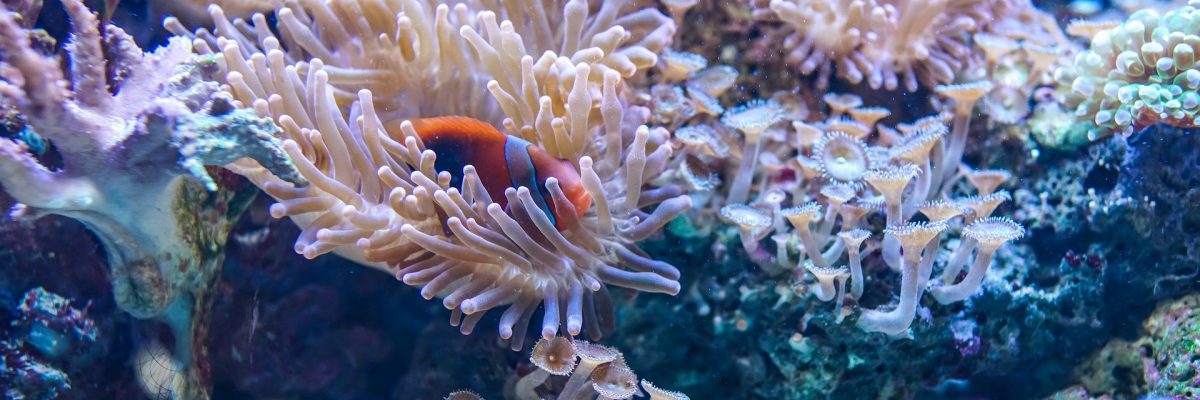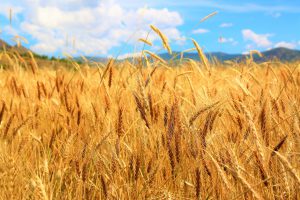Rich biodiversity hotspots often develop in areas that have provided climate stability for long periods. Specifically such areas tend to have stable temperatures and varying rates of precipitation such as tropical land and marine environments as in the Australian coral reefs, the tropical areas of Guinea and Madagascar. Species that live in climate stable areas are often endemic, specialized uniquely to their environment and have small geographic range, meaning they do not spread out in their environment and do not travel far from their home base. These features of climate stability and rich diversity of low mobile species make them into a stable refuge for species but also make them more vulnerable to future climatic changes.
A new study published in the Nature Climate Change journal examined these areas by modelling the global temperatures on land and in the ocean for the last 21,000 years and the amounts of rainfall during that period. In this way they characterized the climate stability that has existed.
The study then examined the effects of human-induced climate change, which is predicted to happen faster and with greater variability than previous climate change. They modelled the expected changes and found that global warming will erode biologically important areas (forecasts from the study results: “ >55% of land and ocean that exhibited stable temperature conditions in the past will become unstable by 2100”) and most probably eliminate the biodiverse climate stable refuges that are now in existence (forecasts from the study results: “The future is most ominous for tropical regions, with projected decreases of >75% in the area of stable temperature conditions.”).

Species living in stable regions, which previously provided refuge in times of changing climates will need to contend with new temperatures not experienced in the last 21,000 years. Many species will undergo extreme stress at these changes past their thermal abilities and die out.
The forecasts indicate that some of the hardest hit environments will be tropical oceans and in particular the Indo-Australian archipelago known for its coral reefs, its biodiversity and endemic species.
Underwater Image by Michelle Maria from Pixabay
Sources:
- Brown, S.C., Wigley, T.M.L., Otto-Bliesner, B.L. et al.Persistent Quaternary climate refugia are hospices for biodiversity in the Anthropocene. Clim. Chang. (2020). https://doi.org/10.1038/s41558-019-0682-7
- The Guardian, Graham Readfearn, Global heating a serious threat to the world’s climate refuges, study finds https://www.theguardian.com/environment/2020/feb/04/global-heating-a-serious-threat-to-the-worlds-climate-refuges-study-finds






